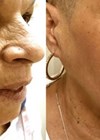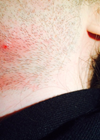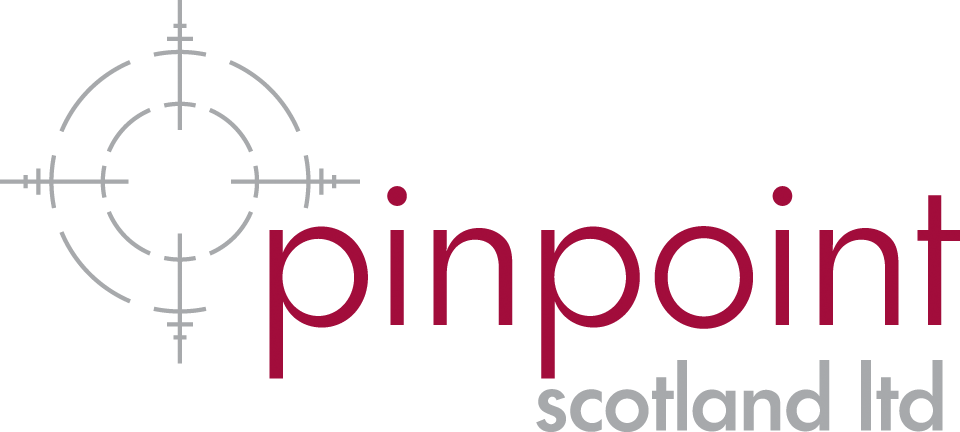Acne vulgaris remains one of the most prevalent skin conditions worldwide, affecting up to 85% of adolescents and persisting into adulthood for a significant proportion of individuals. Conventional therapies – topical retinoids, oral antibiotics, hormonal agents, and isotretinoin – remain the cornerstone of treatment.
A growing group of patients either cannot or will not use systemic therapies due to contraindications, pregnancy, psychiatric history, polycystic ovary syndrome (PCOS), or personal preference. Concerns over antimicrobial resistance and aesthetic demands of the current generation are accelerating the search for safe, effective, drug-free alternatives.
The 1726nm diode laser offers a novel, sebum-selective mechanism that bypasses the microbiome and the endocrine system. Approved by the US Food & Drug Administration (FDA) in 2022 and now CE-marked in Europe, it provides a targeted intervention that may change acne care.
The 1726nm wavelength thermally targets sebum-rich structures; sebaceous glands were selectively damaged at wavelengths around 1710–1720nm, without affecting the epidermis or surrounding structures [1]. Histology demonstrated complete sebocyte necrosis post-treatment with preservation of the dermis and follicular structure, confirming selective photothermolysis of sebaceous glands [1].
Clinical data and durability
The pivotal US multicentre trial of the 1726nm laser (AviClear®, Cutera) included 104 patients with moderate-to-severe facial acne [2]. By week 26 post-treatment, 87.3% had achieved at least a 50% reduction in inflammatory lesion count, with 41.8% graded as “clear” or “almost clear” by blinded investigators.
Importantly, these results were consistent across Fitzpatrick skin types II–VI [2]. A smaller follow-up study demonstrated sustained results out to 24 months, suggesting a durable effect on sebaceous gland activity and long-term disease control [3].
From trials to treatment rooms: real-world usage
In our clinic, the 1726nm laser has been used in a variety of clinical scenarios. These include patients tapering off spironolactone, those preparing for conception, exam-age adolescents whose families are hesitant to pursue systemic medication, and patients with skin of colour who are at greater risk of post-inflammatory pigmentation.
Most treatments are delivered in three sessions over 9–12 weeks. Fluence typically ranges between 19–20J/cm2. Each session lasts around 30–45 minutes, and the procedure is well tolerated with no anaesthetic beyond optional paracetamol. No serious adverse events have been observed, including in patients who are pregnant or breastfeeding. Anecdotally, many patients report a reduction in oiliness before a visible decrease in lesion count.
Challenges and limitations
While the 1726nm laser presents a significant advance, there are limitations. Flares have been observed in some patients following the first or second session, although these have typically been self-limiting.
It is unclear whether treatment should be adapted for certain patient groups, e.g. adult women with U-zone acne may benefit from tailored fluence or pulse density in affected areas. Anatomical variation in acne severity may require selective energy escalation, spot-density variation, or additional pulses in persistent sites.
Maintenance therapy is another question. While some patients maintain results beyond a year, others – particularly those with PCOS or a history of multiple isotretinoin courses – may benefit from periodic top-up treatments [3].
Combination therapy and multimodal practice
In practice, combination therapy is common, many patients are already on topical retinoids, hormonal treatments, or anti-inflammatory agents. While the 1726nm laser can be used as monotherapy, the question of synergy – or antagonism – with other treatments requires investigation.
There is a growing interest in whether the laser can reduce the duration or intensity of systemic therapies. Some of our patients on spironolactone have reduced or discontinued their medication following successful laser treatment. Others have chosen the 1726nm laser over a second or third course of isotretinoin. These anecdotal outcomes need to be formally studied, as there are no large-scale trials exploring the laser’s use in combination with oral agents, hormonal therapy, or other devices.
Conclusion
The 1726nm diode laser represents a promising new chapter in acne management. It addresses the condition’s biological root without the systemic burdens of traditional pharmacology. Further work is needed to define its long-term efficacy, ideal protocols, and combination strategies; its introduction marks a shift in how we approach acne in a post-antibiotic era.
The 1726nm laser offers a scientific, patient-friendly addition to the therapeutic arsenal, and one that may bridge the gap between medical rigour and modern expectations.
References
1. Sakamoto FH, Doukas AG, Farinelli WA, et al. Selective photothermolysis to target sebaceous glands: theoretical estimation of parameters and preliminary results using a free-electron laser. Lasers Surg Med 2012;44(2):175–83.
2. Alexiades M, Kothare A, Goldberg D, Dover JS. Novel 1726 nm laser demonstrates durable therapeutic outcomes and tolerability for moderate-to-severe acne across skin types. J Am Acad Dermatol 2023;89(4):703–10.
3. Goldberg DJ, Kothare A, Doucette M, et al. Selective photothermolysis with a novel 1726 nm laser beam: A safe and effective solution for acne vulgaris. J Cosmet Dermatol 2023;22(2):486–96.
Declaration of competing interests: The author has previously acted as a Key Opinion Leader for Cutera; however, no payment was received for the preparation of this manuscript, and the 1726nm laser device was independently purchased by the clinic.







